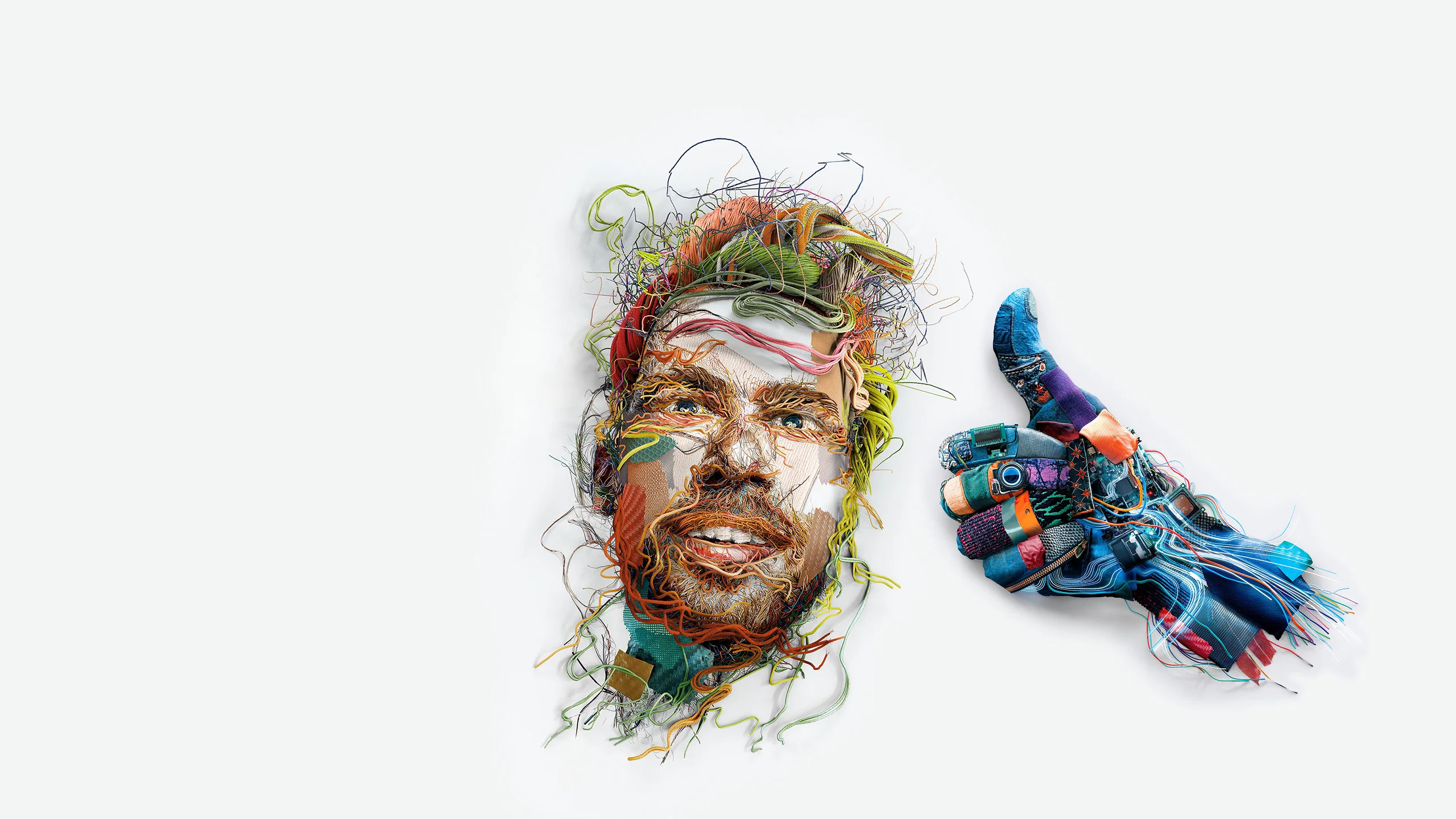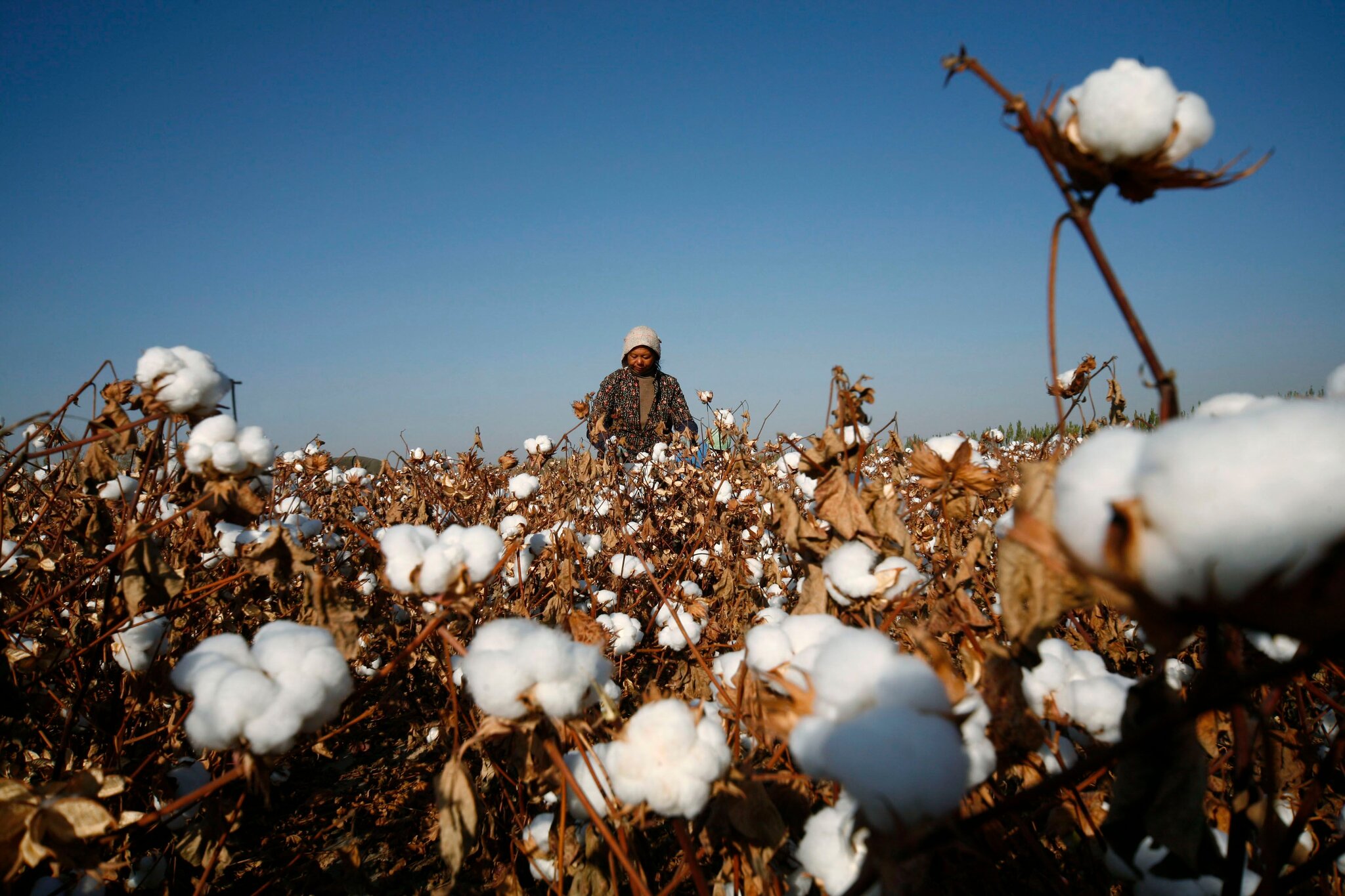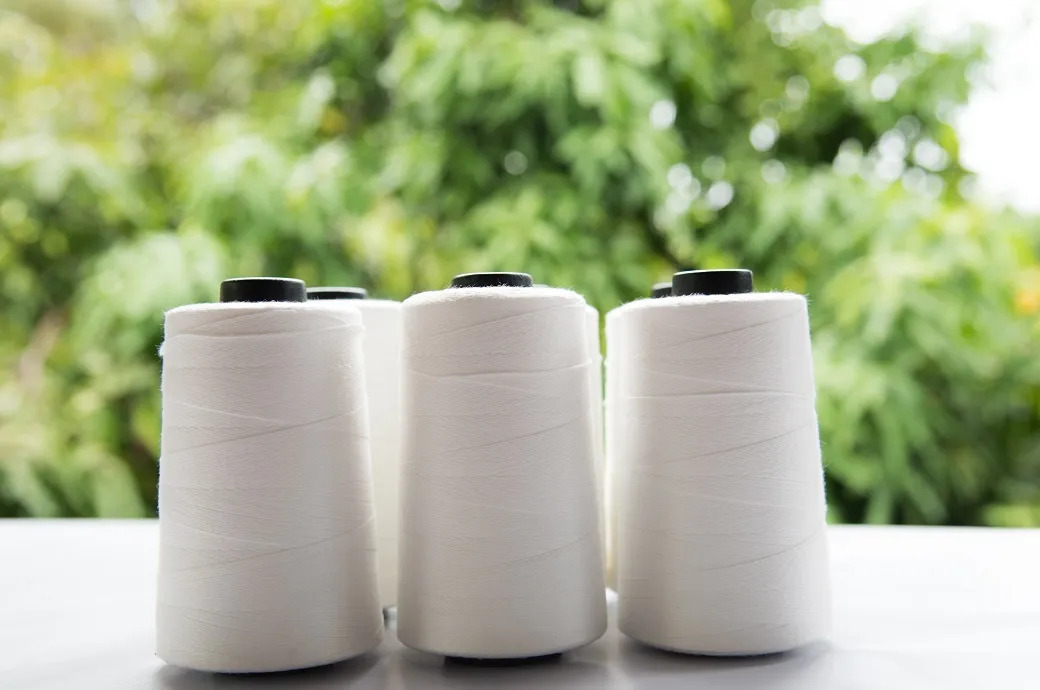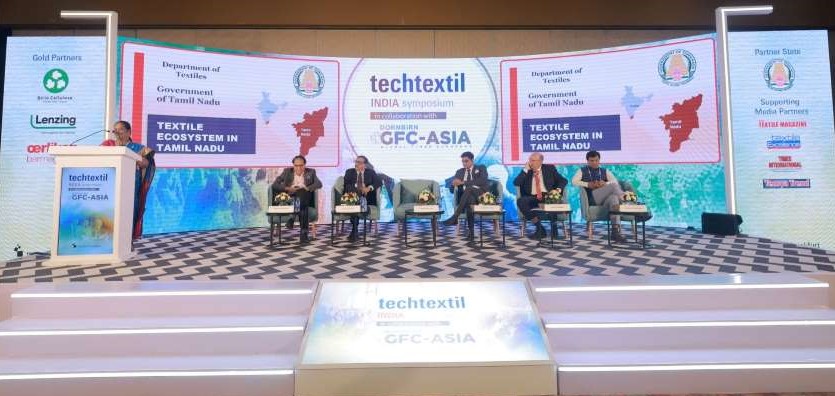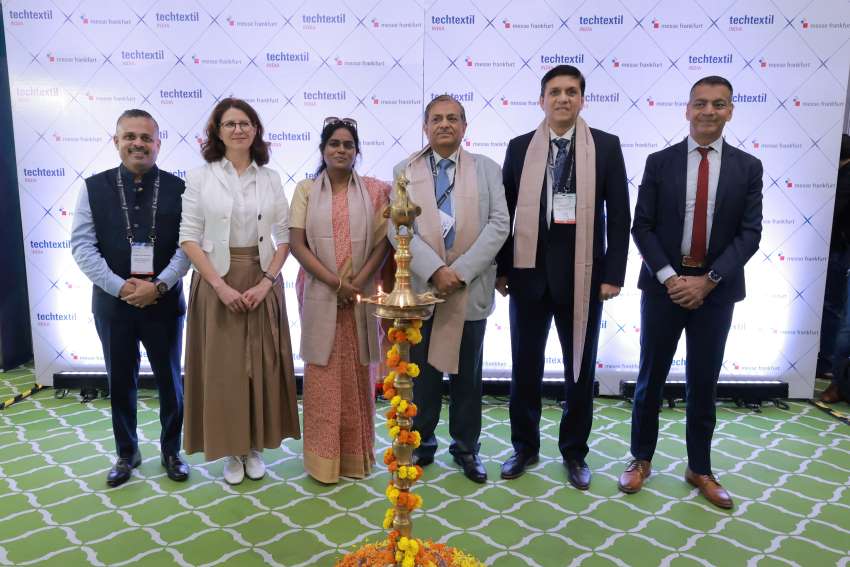FW
Brexit did send shock waves to the entire world. However, it will only happen when the UK government triggers Article 50 of the Lisbon Treaty and formally begins its withdrawal from the EU. As per Article 50, UK has to enter into fresh negotiations with member states about the terms of its departure. This process can take up to two years with the possibility of an extension to a longer negotiation period. With no clear timeline set, Brexit cannot be a possibility for at least in the coming two years.
UK, being a developed country and a major consumption center, imports variety of textile and apparel products from the world. Its textile and apparel imports in 2015 stood at $35 billion. That has grown at a CAGR of 1.2 per cent from $33 billion in 2010. The textile and apparel export is also predominant in total merchandise exports of India to UK vis-à-vis EU. Textile and apparel exports accounted for more than one fourth of the merchandise exports to UK while it has share of 21 per cent in the total exports to EU during 2015-16. In short, Brexit will have negative implications on UK’s textile and apparel imports due to devaluation of the Pound.
Bangladesh's Jamdani textiles, Dhakai Jamdani, Bangladesh's finest muslin textiles is set to be registered as the country's first Geographical Indication (GI) product this month, a media report has stated. This was disclosed by senior secretary of the Industries Ministry M Mosharraf Hossain Bhuiyan while addressing the 56th annual meeting of the World Intellectual Property Organization (WIPO) in Geneva.
The Department of Patents, Designs and Trademarks (DPDT) that comes under the Industries Ministry will provide the registration for Jamdani. Bhuiyan revealed that the government attaches highest importance to preserving intellectual property for ensuring knowledge-based industrialisation. Bhuiyan, who led a two-member Bangladeshi delegation to the WIPO meeting, said that Bangladesh, in association with the WIPO, has already implemented the Industrial Property Rights project with a view to preserve, develop and register intellectual property. The historic production of Jamdani was patronised by imperial warrants of the Mughal emperors. The term Jamdani is a Persian word derived from 'Jam' meaning flower and Dani, a vase or a container.
In its report, Alliance for Bangladesh Worker Safety has said that 55 per cent of high-priority repairs and 63 per cent of all required repairs in its affiliated readymade garment (RMG) factories have been completed. In the coming year, the Alliance will focus on critical safety repairs that are most important for life safety and establishment of worker safety committees.
As per the report, 55 per cent high-priority items have been completed, 41 per cent is in progress while 4 per cent is yet to start. While the remediation of 43 per cent factories is on track, 30 per cent need intervention, 6 per cent have completed Corrective Action Plans (CAPs), while 1 per cent are in a critical situation and 20 per cent shared factories are being remediated by Accord.
To date, 55 per cent of high-priority repairs across all Alliance-affiliated factories have been completed, the report added. It is said that by July 2018, all Alliance-related factories will have either completed their high-priority repairs or have been suspended from the Alliance’s list of suppliers.
"Lately there has been much controversy surrounding Monsanto’s Bt cotton, the sustainable agriculture company. The controversy has spawned first of its kind intellectual property (IP) disputes in India, involving at least 15 different proceedings in various courts, government agencies and tribunals. Interestingly, another controversy has emerged around two IP regimes: the Patents Act or the Protection of Plant Varieties and Farmers’ Rights Act (PPVFRA). Experts say both these legislations apply and one does not necessarily trump the other."
 Lately there has been much controversy surrounding Monsanto’s Bt cotton, the sustainable agriculture company. The controversy has spawned first of its kind intellectual property (IP) disputes in India, involving at least 15 different proceedings in various courts, government agencies and tribunals. Interestingly, another controversy has emerged around two IP regimes: the Patents Act or the Protection of Plant Varieties and Farmers’ Rights Act (PPVFRA). Experts say both these legislations apply and one does not necessarily trump the other.
Lately there has been much controversy surrounding Monsanto’s Bt cotton, the sustainable agriculture company. The controversy has spawned first of its kind intellectual property (IP) disputes in India, involving at least 15 different proceedings in various courts, government agencies and tribunals. Interestingly, another controversy has emerged around two IP regimes: the Patents Act or the Protection of Plant Varieties and Farmers’ Rights Act (PPVFRA). Experts say both these legislations apply and one does not necessarily trump the other.
BT cotton patenting process

Monsanto patented a number of components related to Bt cotton, a biotech invention involving the infusion of Bt gene into cotton genome. Bt stands for Bacillus thuringiensis, a bacteria that kills the pest that has perennially plagued the cotton plant. The patent does not cover the plant itself, as plants and animals are ineligible for patent protection in India. However, microbiological processes and microorganisms are patentable under the Indian Patents Act, and Monsanto’s patents cover most of these components. Using the patented technology, Monsanto created a host of donor Bt cotton seeds and distributed them to seed companies under specific agreements mandating the payment of royalties while seed companies used these donor seeds to introgress the desirable genetic trait into their own specific hybrid varieties by backcrossing.
Monsanto’s patents cover various components of the technology embedded in the donor seeds handed out to seed companies. Any seed company that uses this donor seed and creates a new plant variety is entitled to register such variety under the PPVFRA.This new plant variety registration, however, does not extinguish Monsanto’s upsteam patent rights. Neither does the patent right override the plant variety protection. They co-exist. The seed companies cannot commercialise their hybrids without a patent licence from Monsanto similarly, Monsanto cannot sell or distribute these hybrids without permission from the seed company.
Policy paradox plagues system
It is clear if Monsanto refuses to licence the seed companies, they can move for a compulsory licence (CL) under the Patents Act, provided they satisfy the terms of Section 84, which states that a CL could be granted if the patented invention is exorbitantly priced or not available in reasonable quantities to the public or is not being worked in the territory in India. But this licence application has to be under the terms of the Patents Act, and not the PPVFRA. As per news reports, there are pending invalidity proceedings before both the IPAB (Intellectual Property Appellate Board) as also the DIPP (Department of Industrial Policy and Promotion).
The DIPP proceeding is a particularly interesting one as Section 66 of the Patents Act invokes an exceptional provision that provides for revocation on grounds that the patent is “mischievous to the state or generally prejudicial to the public”. The key contention appears to be that the patent is no longer effective, given the pest resistance that developed over time.
The paradoxical situation is that while the Ministry of Agriculture has recently issued a draft notification qualifying GM technology as an industry “standard” that must mandatorily be licensed on FRAND (Fair, Reasonable and Non-Discriminatory) terms to as many seed companies as possible, another one (DIPP) insists that the technology is of no use.Further to worsen the situation Ministry of Agriculture, with no jurisdictional competence over patent issues, suggest ed Monsanto’s patents over upstream GM technology must necessarily yield to downstream plant variety rights.
It is a matter of deep concern as government agencies are flouting the rule of law. Experts believe while there may be merit in regulating GMO patents, this must be done after following due processes, through relevant competent authority and not through abusive lawmaking that benefit certain interest groups. Moreover, it is not clear why the government chooses to concentrate all its eggs in the Bt cotton basket. Particularly when its own institutes contend that even Bollgard-II technology is succumbing to progressive pest resistance. The government should encourage a diversity of approaches entailing both GM technology and traditional processes.
According to World Bank senior economist Sodeth Ly, the garment sector has been the strongest driver of growth. Speaking at the release of the Bank’s latest biannual East Asia and Pacific Economic Update he said garment being a footloose industry, it can move quickly from one country to another. For this, the exposure is significant.
China and its affiliates like Taiwan, Hong Kong and Macau made up more for than 90 per cent of investment in the garment industry while local investment made up just 1.4 per cent of the total, according to the report. Nevertheless, buoyed by increasing exports to Europe, the sector is expected to contribute 2 percentage points to growth in gross domestic product this year, propping up a robust growth rate of 7 per cent for the country. That forecast is a slight on the upper side from April’s report which predicted a growth of 6.9 per cent next year. The World Bank also forecasts the same for the next two years.
Regionally, Southeast Asia is among the fastest growing areas of the world, a rare bright spot amid the sluggishness of advanced economies, claimed Sudhir Shetty, World Bank’s chief economist for East Asia and the Pacific, who appeared at Wednesday’s briefing via video link from Washington. The good news is that for most countries there’s a window of accommodating financial environments in advanced economies.
Textile Exchange has gone into a partnership with NSF.
US-based consultancy Textile Exchange and NSF a non-profit public health organization have joined hands and aim to work together. NSF works globally with the full range of textile supply networks including farmers, processors, manufacturers and multinational brands. It independently tests, audits, certifies, trains and consults for the food, water, health science, sustainability and consumer product sectors.
NSF has more than 70 years of standards development experience. Textile Exchange's textile industry experience is expected to help broaden NSF’s scope beyond its current expertise, which lies in animal welfare, food, safer chemicals, building products and materials, and water quality.
The partnership will be mutually beneficial, with NSF making targeted investments in Textile Exchange’s global operations, information systems and personnel, while also sharing its expertise and resources related to standards development, certification, proprietary supply chain technology and global marketing.
By working together, they hope to expand their reach globally, work more deeply within existing programs and maximise the positive impact they are making. The organisations have similar missions and have worked together closely in the past. This strategic partnership is a natural fit since they are both committed to, and working diligently to, protect the environment and human health through sustainability standards, certification and supply chain services in several sectors.
The environmental sustainability consulting group Quantis has announced that the Sustainable Apparel Coalition (SAC) and Austrian fiber company, Lenzing have officially joined the World Apparel and Footwear Lifecycle Database (WALDB) as partners. WALDB, a pre-competitive global initiative founded by Quantis, will provide a robust and credible database for environmental impact assessment and foot printing in the fashion industry.
The aim of WALDB is to bring together partners in the industry in an open and pre-competitive dialogue, to address the needs and challenges of environmental data collection and availability. In this initiative, the partners will work together to expand the database with reliable data on the processes along the apparel and footwear value chains.
SAC and Lenzing join Hugo Boss, Legero/Think! Shoes, the Swiss Federal Office for the Environment (FOEN) and BSD Consulting, a group of industry leaders that have come together to collaboratively measure the environmental impact created by materials used in the apparel and footwear supply chains. The inclusion of these two new key players in the apparel industry and leaders in sustainability illustrates the need for more robust and credible data from the industry’s value chains. Data on the environmental impacts in supply chains is sparse, yet it is essential for organizations to drive metrics-based sustainability programs. WALDB will solve this data challenge.
Readymade Garment (RMG) manufacturers have called upon the government to reduce gas prices and resolve gas and electricity supply problems to help the industry attain $50 billion export target by 2021. They made the call at the inaugural ceremony of the two-day Denimsandjeans.com Bangladesh Expo held in Dhaka at Radisson Blu yesterday.
The sixth edition of Denimsandjeans.com Bangladesh show began with the aim of sharing information about the latest fashion trends in denim products and bridging a relation between buyers and manufacturers. The exhibition provides a platform for the global denim manufacturers, buyers and retailers to assemble with the objective to share, interact and establish business ties with the suppliers of Bangladesh.
Some 28 companies from across the world participated in the expo with their latest trendy denim fashion products. Bangladeshi participants at the expo have shown strength of denim industry which is growing at a fast pace with innovation and quality products and also with on-time delivery.
The booming denim industry has great potential, the market of which is expected to reach $64.1 billion by 2021. Bangladesh has become the key manufacturing and sourcing hub among Asian countries. Nurturing this hope, the show has come into being and it would help bring global denim buyers land here. The show ends today.
Steven Rendle will be the next CEO of VF Corporation and will take over next year. He succeeds Eric Wiseman, who has been CEO since 2008. Rendle has more than 30 years of experience in the specialty outdoor and action sports industry, 16 of which have been with VF Corp. He has overseen all of VF’s divisions at one point or another.
VF includes brands like The North Face, Timberland and Vans. Shares of VF Corporation have surged about 180 per cent under Wiseman’s steady hand, as he has spurred a consistent stream of product innovation at The North Face and Vans that helped the company navigate headwinds such as mass department store closures and the shift to online shopping. Further Wiseman orchestrated one of the biggest deals in VF’s history in the two billion dollar purchase of boot maker Timberland in 2011.
Wiseman will stay on as executive vice chairman of the board of directors. Meanwhile, at Macy’s, President Jeff Gennette will assume the role of CEO in the first quarter of 2017. Gennette has been president since 2014. Gennette will succeed Terry Lundgren, who has been CEO since 2004. Like Wiseman at VF, Lundgren will continue to serve as executive chairman.
Weavers in Manipur are being given training by Medha Handloom Enterprises. The handloom industry in Manipur has been providing a significant number of educated and un-educated people, particularly women, a livelihood for running their family, reducing unemployment and providing a boost to the economy of the state.
Out of the 61 clusters across the state, Medha Handloom Enterprises has been among the 51 clusters which is part of the North East Textile Promotion Scheme. Annually, about Rs 50 crores are being invested to such handloom clusters so as to bring returns and provide and create employment opportunities and promote the economy of the state. An e-monitoring and evaluation system has also been introduced across the 61 clusters.
Hand weaving is part of the socio-cultural tradition of the peoples of Manipur, which has a rich cultural heritage. The art of weaving has developed more in Manipur as compared to any other part of India. Unlike weaving in other parts of India, Manipur weaving is entirely the work of women. The handloom industry is practically monopolized by women not only from the idea of economic necessity but also from the sense of social custom.
There is an aura of religion and romance around cotton-weaving. Each process and design is highlighted by a legend and connected with special functions, dances, and ceremonies.



